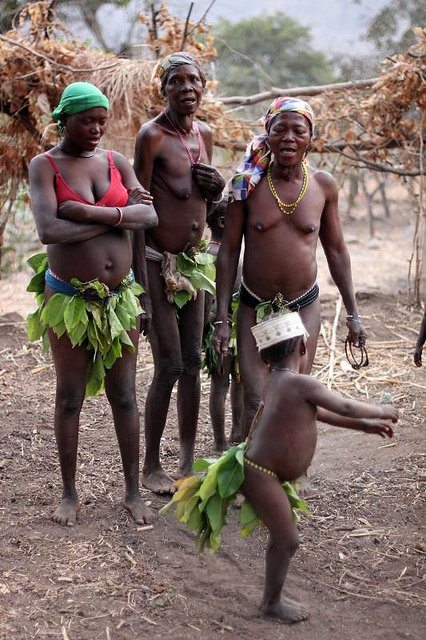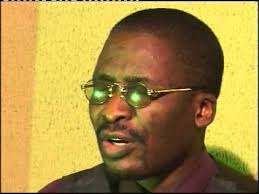Do you know the Yoruba history in Jamestown, the oldest district in Accra Ghana?
There exists an old and thriving Yoruba community in Ghana tracing back to more than three centuries of establishment. The presence of Yoruba people in Ghana traces back to before the concept of the modern Ghanaian nation and are therefore Ghanaian citizens by law. The Yoruba communities became established through various waves and layers for centuries before the colonial era. The earliest wave were long distance merchants, artisans, labourers and explorers who settled in both southern and northern Ghanaian locales such as Salaga, Sekondi-Takoradi, Kumasi, Accra (Jamestown, Ngleshie Alata, Tudu), Yendi, Tamale, Kintampo, Nandom. In Ngleshie Alata (A corruption of English ' Alata ', the Fante and Ga word for Yoruba people based on the region where the majority came from) and the area around the James Fort, the Yoruba presence dates back to 1673 when they were employed to build the fort and settled in large numbers on the eastern coastal region. It is on record that the first 'Alata Akutso Mantse ' or Alata division head, a Yoruba speaker named Ojo employed by the Royal African Company ascended an Accra royal stool becoming head of the Alata quarter of James Town in 1748 - A position his descendants continue to hold to this very day.
In the popular 18th century Gonja Salaga Slave Market, the Yoruba residents of the town would not allow their fellow countrymen captured and brought to the markets to be sold to the Ashantis who would march them to the coast. Rather, they would barter for the release of the Yoruba captives who would in turn work for their benefactors as tradesmen until they earned their release. This earliest wave was followed by an intermediate wave of slave returnees who were predominantly of Yoruba descent like the Taboms/Agudas who settled along the Ghanaian coast. Then came the third wave who came during the Gold Coast colonial period. By this period, they had firmly entrenched themselves in the country's commerce and distribution systems and constituted a substantial percentage of merchants and traders in the country's large markets as proprietors of wholesale enterprises. They were the largest group of immigrants established in the pre-independence Gold Coast. In 1950 they constituted 15% of traders in Accra, 23% in Kumasi, and over a third in Tamale. They were usually referred to in southern Ghana as; Yoruba, Lagosian, Alata, or Anago. it was the early stream of this wave in the 1830s that established places like Accra New Town which was previously known as Lagos town and before then as Araromi.
There is no codification for the Yoruba ethnicity in the most recent Ghanaian censuses but in previous ones, they were considered an indigenous Ghanaian group with origins outside modern Ghana. In the 1960 Ghanaian population census, there were 109,090 Yorubas. Of this figure; 100,560 were Yoruba 'proper ' while 8,530 were Atakpame (Ana). This represented 1.6% of the Ghanaian population.
Source: Wikipedia









0 Comments